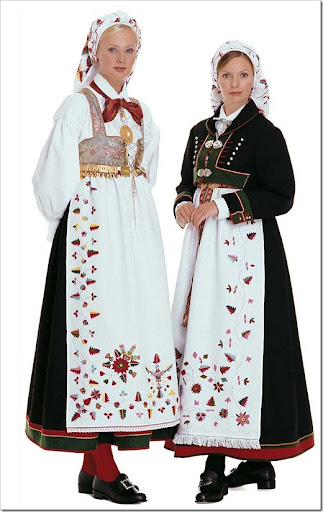My Creative Blog [Search results for Norway]
Divine Europe

A little piece of paradise

Posebyen

Those Lazy Hazy Crazy Days Of Summer

17th of May by Christian Krohg

Vote for the most beautiful home in Norway

Architecture of the world

Trollheimen
Summer in the south of Norway

Goodies from Wallas Verden

Pink Month

Bunad












